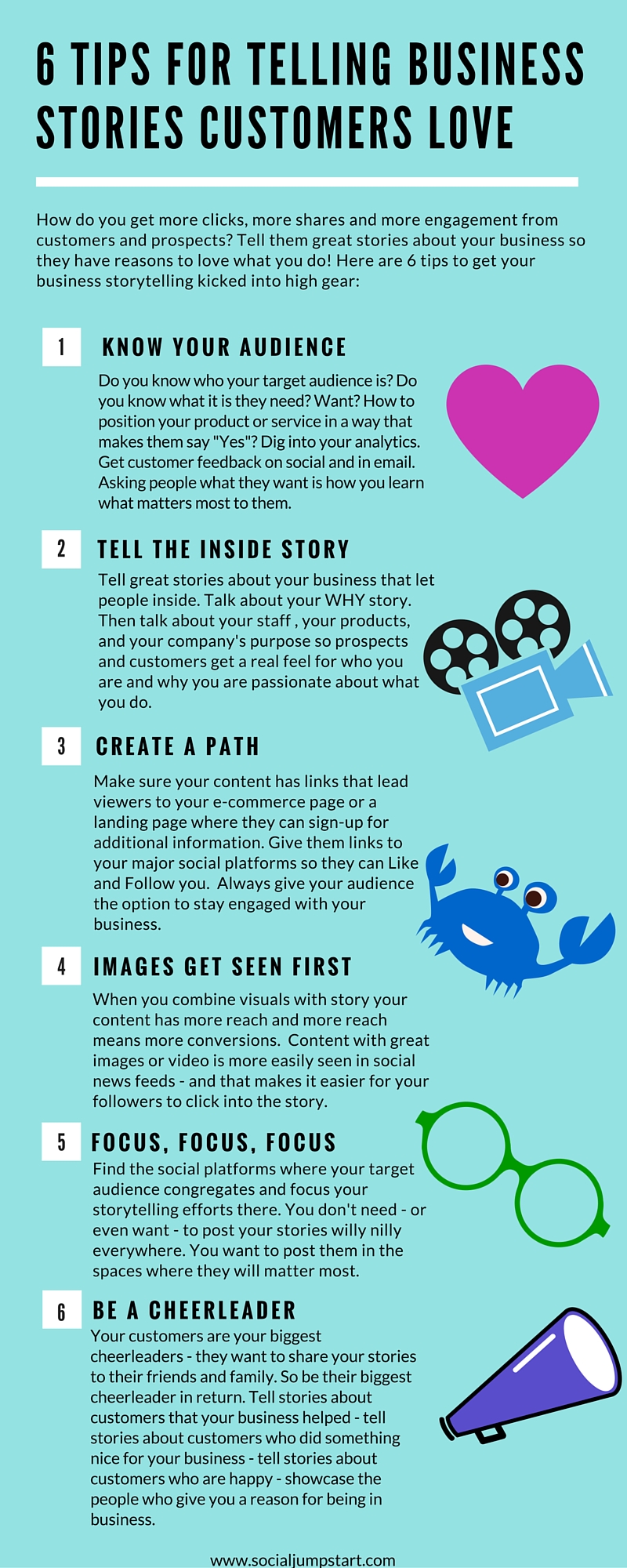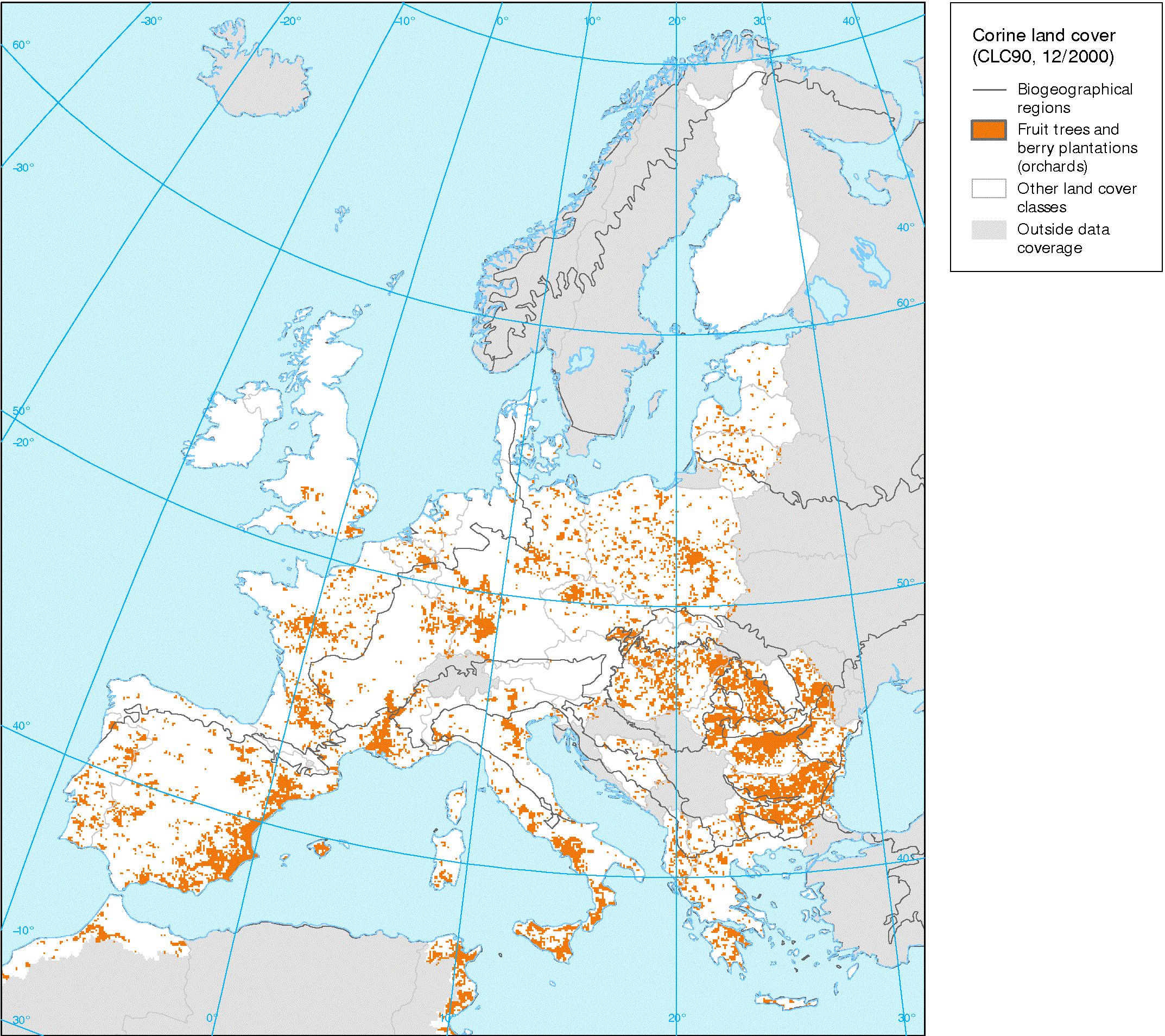
If we find ourselves noticing the use of present tense, we can try to figure out why it stands out.ĭid the author use it incorrectly? Do some types of narrative flow better with present tense than others? (For example, narration and time shifts are often tricky in present tense, which works best with action and real-time experiences. However, due to the risk, if we want to write our story in present tense, we should read a lot of present tense stories to see how it’s done and help the tense feel more natural to us. The bad examples out there make it hard to say how many who claim they don’t like present tense are actually fine if the story uses it so well that they don’t notice its usage. (So don’t feel pressured to write in present tense if you’re already comfortable in deep POV.)Īlso keep in mind that many readers say they dislike present tense, especially as writers often struggle to get present tense right. That makes it hard to say how many of those advantages above are actually due to the tense or just a benefit of the deep POV. What choices do we have for the verb tense to use in our stories? Click To TweetPresent tense tends to work better with deep point of view stories, as the character gives a play-by-play of their experiences. Some also think present tense can make a story feel more like a movie. For example, Hunger Games uses present tense, which many readers said made the story feel more immediate or emotional. Some stories, particularly in certain genres, use present tense for the narrative (and simple past for earlier events like backstory). But it’s also not the only tense we can use for our story’s narrative.

Past tense is so normal that it’s “invisible” to readers-not calling attention to itself-so readers focus only on the story. Past tense feels normal to us, so it’s easy for us to get it right. Think of how we answer questions like “How was your day?” or “How was the movie?” In addition, we all use past tense every day as we share our personal stories. We’ve all seen past-tense storytelling our whole life, so it’s the easiest tense for us to use correctly. How each of the 12 tenses are used and what they’re each meant to explain or indicate What about the Exceptions to the Default?Īs I mentioned above, the “default” tense for storytelling is past tense. For more about the other tenses, check out these charts from this grammar lesson. The English language actually has 12 tenses, but the three tenses above cover the majority of our writing needs for most stories. She had eaten all the snacks in the house already. Backstory (events that occurred before the story present) is written in past perfect tense:.“I need some chocolate to get me through this day. Dialogue (including direct internal dialogue) is written in present tense:.

In these days of social distancing, she didn’t want to take any chances.

*smile* What does literary past tense mean, and how is it different from normal past tense? Past Tense: The Default for StorytellingĪs writers, we should all be familiar with the basics of verb tenses. Huh.Īlrighty then! Let’s dig into the term. Surprised that her search didn’t reveal anything, I did several searches as well to try to point her to a good resource. My mention of “literary past tense” prompted Anne Kaelber to ask for more information, especially as her Google search didn’t result in easy answers.

That means for a direct quote, the verb tense would change to present tense. What verb tense do we want to use? Although some authors like to write in present tense, most stories are still written in literary past tense.Last time, I shared that one of the questions we can ask ourselves to determine when we should italicize our characters’ thoughts was:


 0 kommentar(er)
0 kommentar(er)
